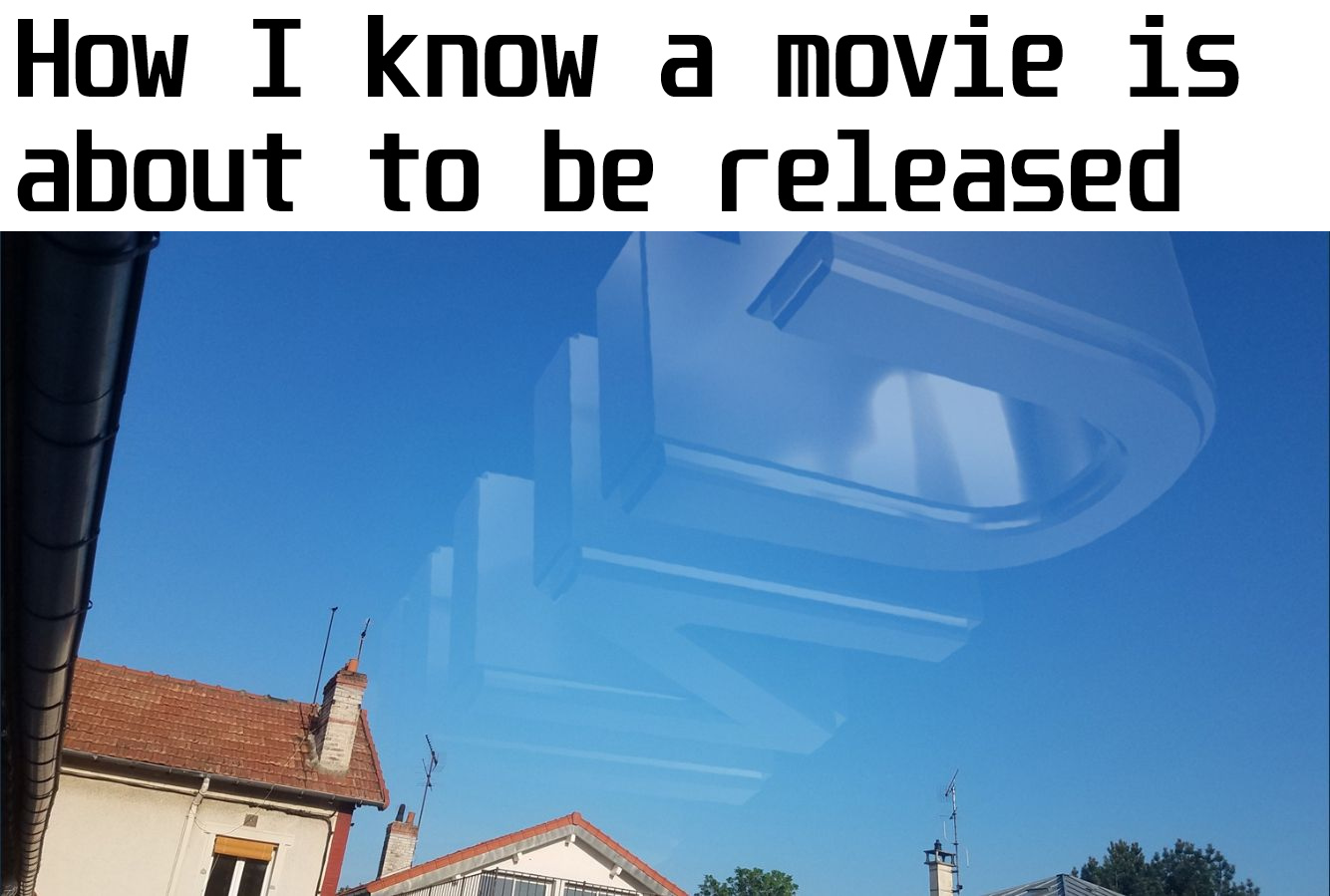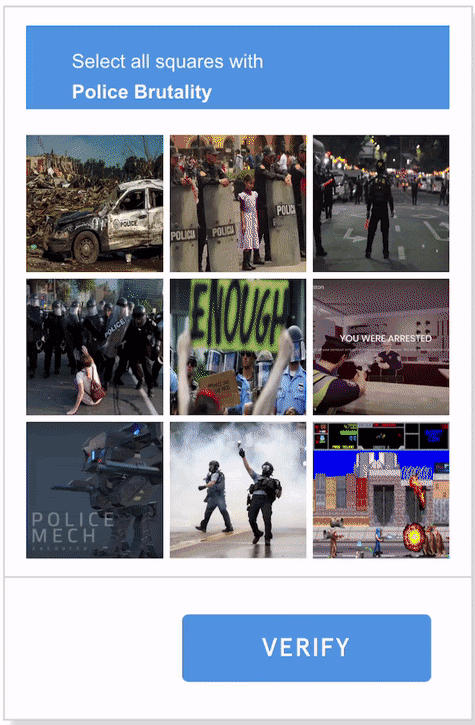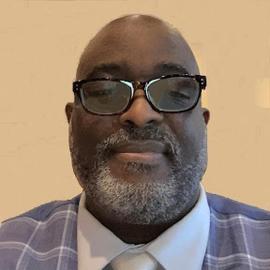The Tiny Purple Pantry Mobile App
Creators: Henry, Artemis, Ray, Samiul, and Alexander
School: High School Students from Mouse Design League

About this Project
We were inspired by the concept of mutual aid to design a mobile app for the Tiny Purple Pantry mutual aid organization, which builds and oversees small food and supply pantries in New York City. Currently, it is challenging for people to locate different pantries and obtain supplies that are useful to them. Our app is a two-sided marketplace that enables pantry users to connect with pantry suppliers.
The app has three main components that aim to facilitate communication: a chat, survey, and map feature. First, users log into the app (regardless of whether they are suppliers or use the pantries to obtain supplies), which is accessible on personal devices or via a device attached to each pantry. They may use a personal account or an account dedicated to a pantry, which each pantry will be signed into. A pop-up box introducing the app and the pantries also shows up for first-time users to learn more about how to use the app and pantries. Next, users are guided to a homepage that has different buttons for a chat, survey, pantry list and map, and an “About Us” page. Through the chat, users may communicate with other people involved with the pantries, either as users or suppliers. For example, a pantry account may have a chat with the supplier of that pantry, and there is one group chat with all users. The chats may be used for supply requests or to obtain more information about the pantries. The “About Us” page provides more in-depth information about the pantries and a link to the Tiny Purple Pantry website. The survey facilitates more one-sided communication as it may be used to provide feedback on food, preferences, or issues with a specific pantry or with all the pantries in general. Lastly, the “map” feature provides a list of pantries and their locations.
Our design process began with an interview of Lindsay Manolakos, the founder of the Tiny Purple Pantry organization, who informed us of her struggles with the app. We synthesized interview notes into different and specific problems Lindsay faced. We decided to address the problem of a lack of communication between people using and supplying pantries. Next, we used storyboards and happy paths to determine how we wanted people to use our app, and made sketches of design ideas to brainstorm how our app can achieve our desired result. Lastly, through several iterations of these sketches, we created Figma wireframes of the key components of the app. Our future steps include translating our wireframes into code to make the app functional.
Project Links
Take a Closer Look
What the Judges are Saying
Thank you for sharing this project with us! I think it's a great idea to find ways to integrate what the community actually needs with what the community has (this is such an important part of mutual aid).
I'd love to see how you would approach providing digital access to people in the community. I wonder if partnering with LinkNYC or local libraries could be an option. I think your process for identifying a problem and finding an attainable solution is spot-on and I'm excited to see the next versions of this app. Those design thinking skills will absolutely pay off in all of your careers!









